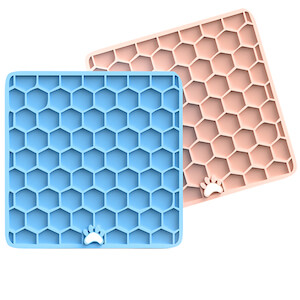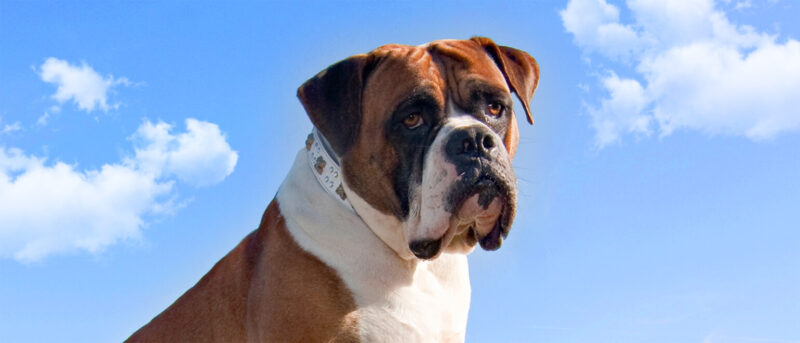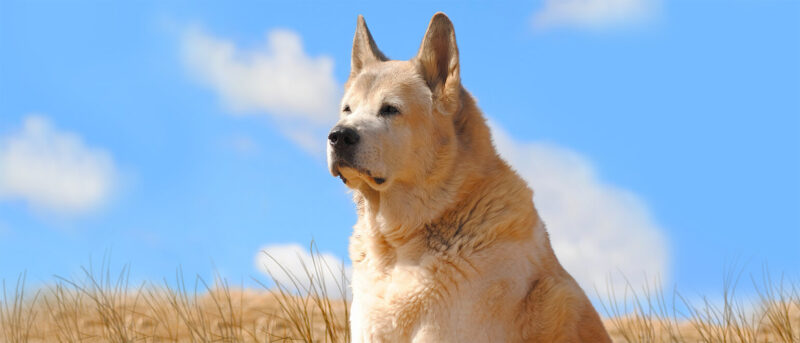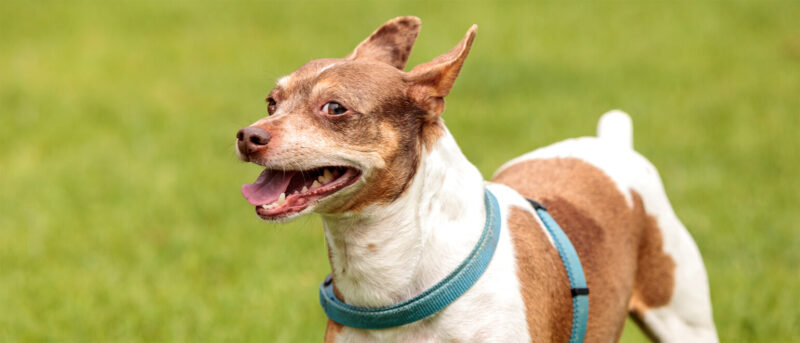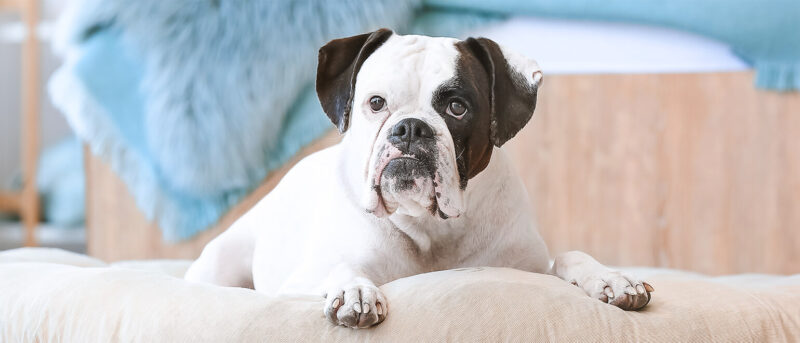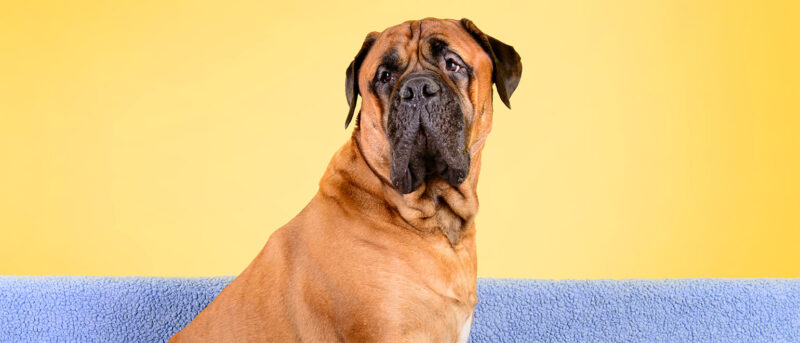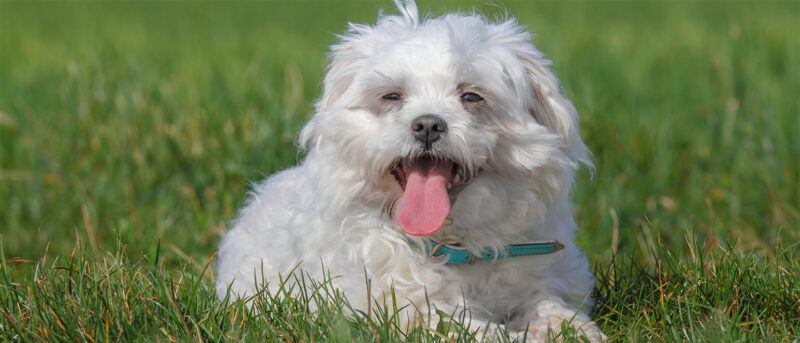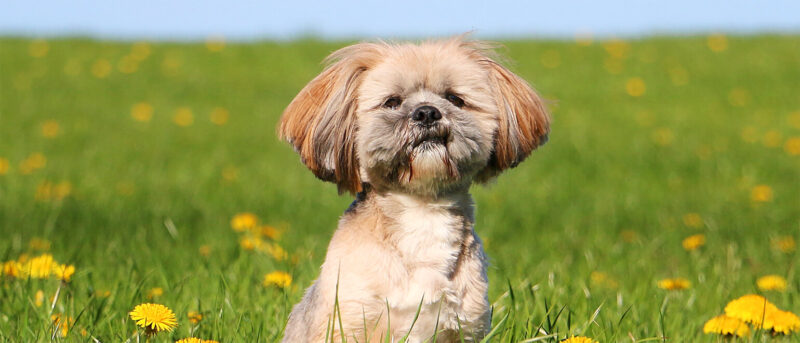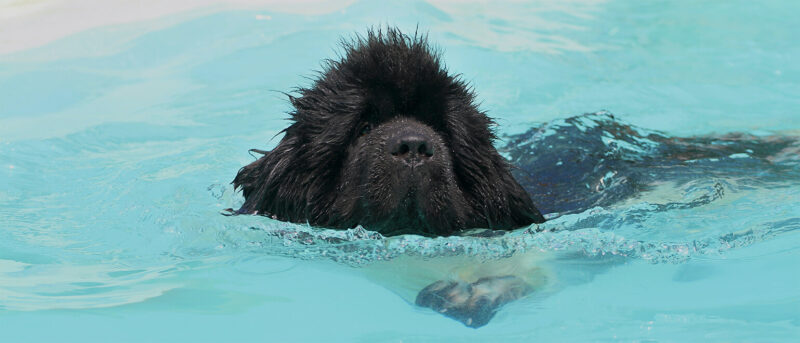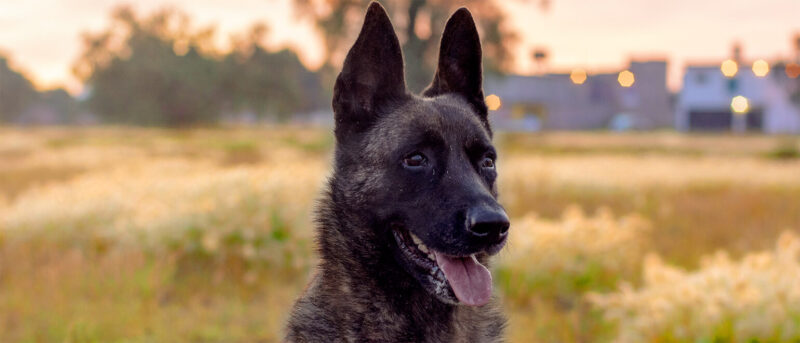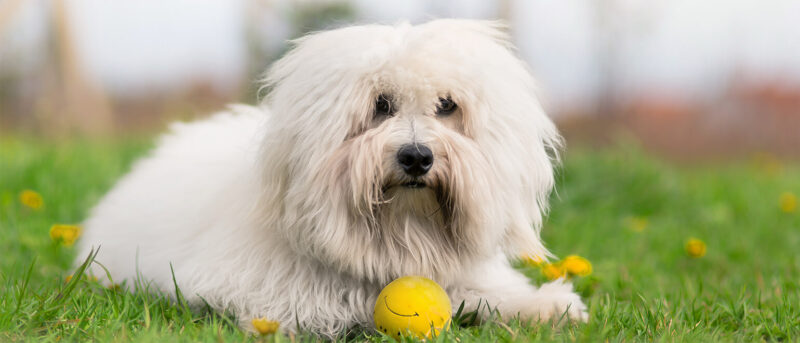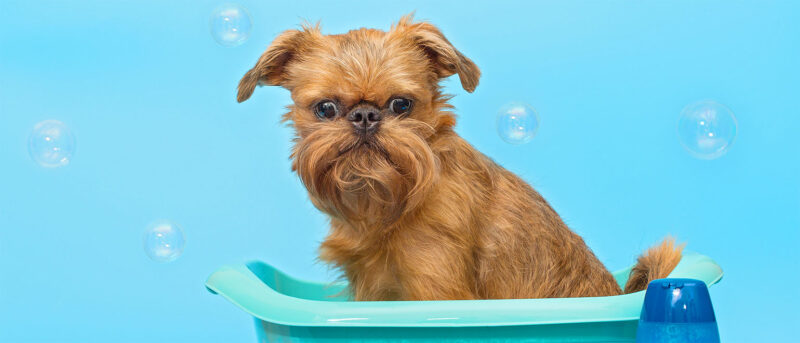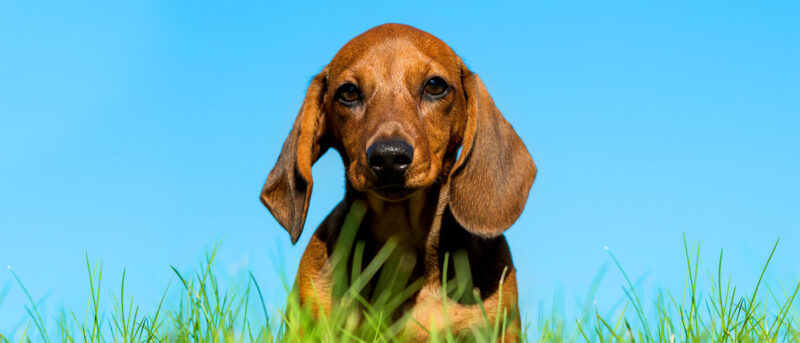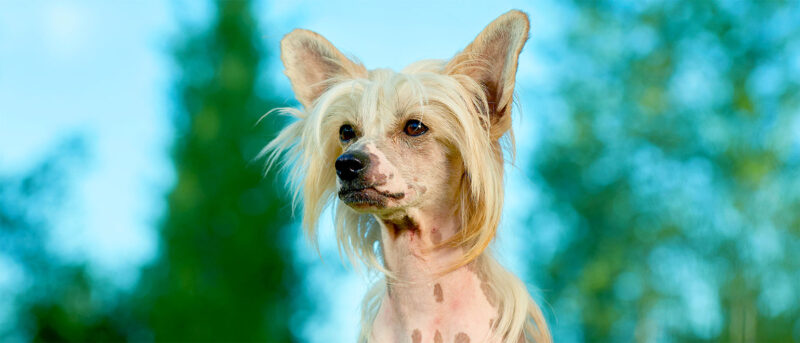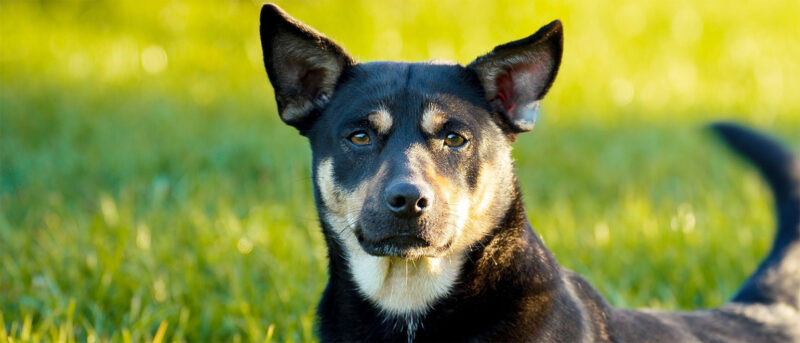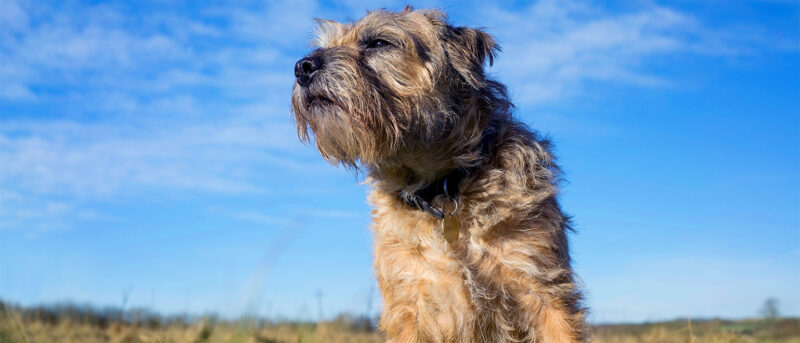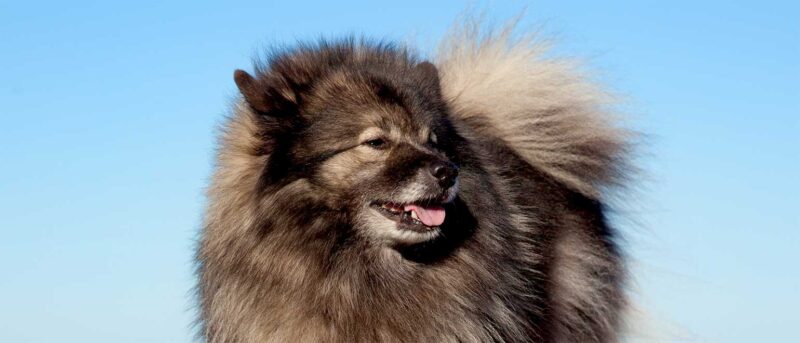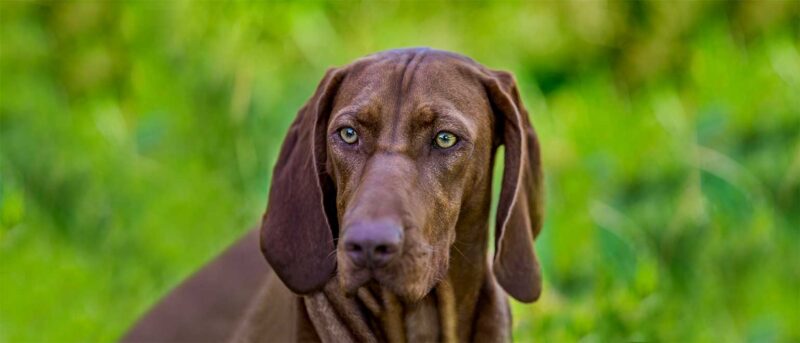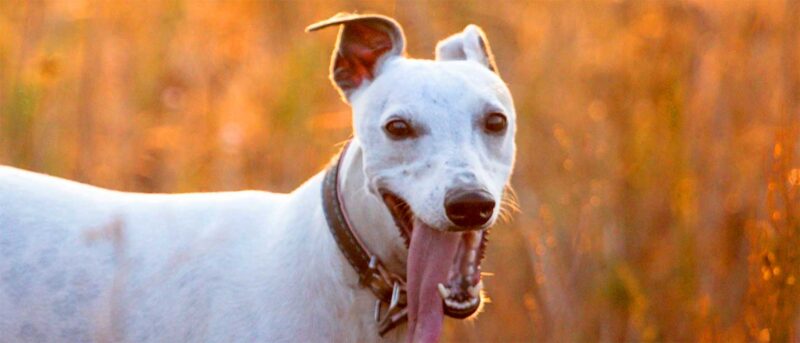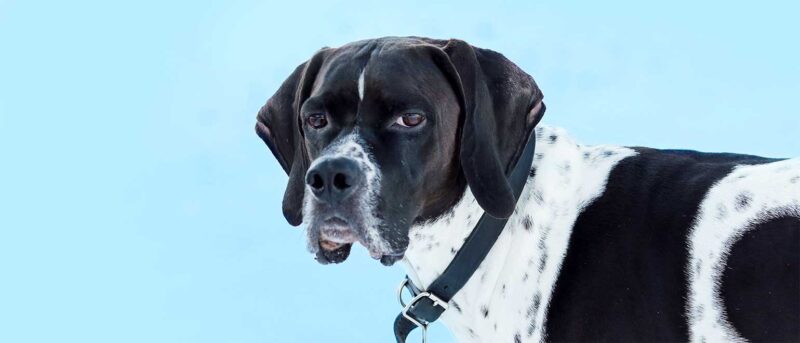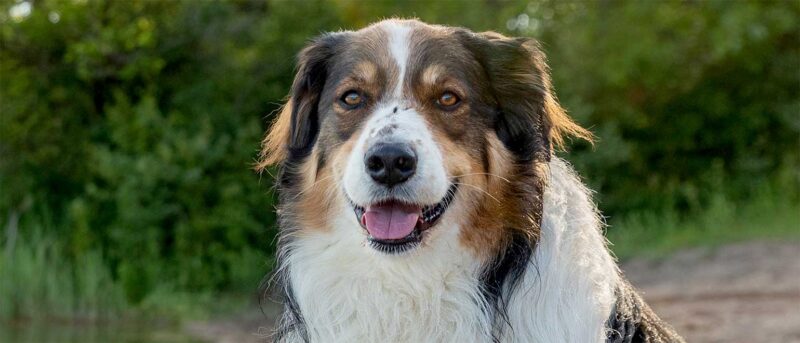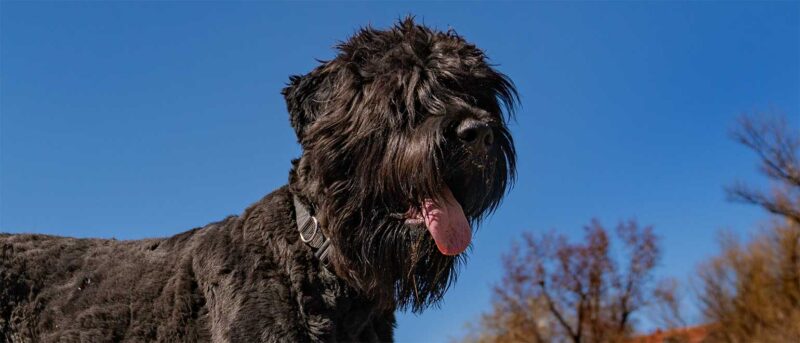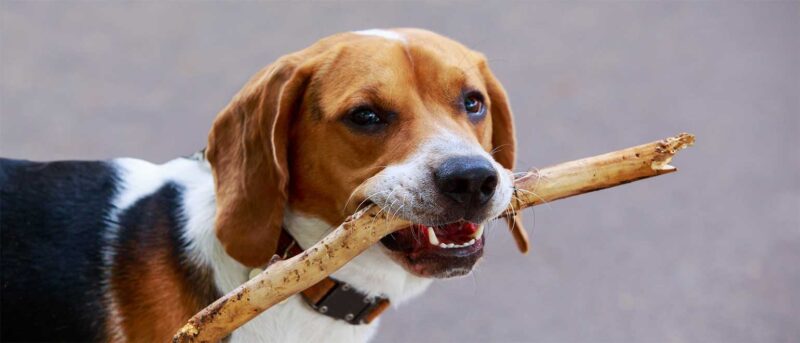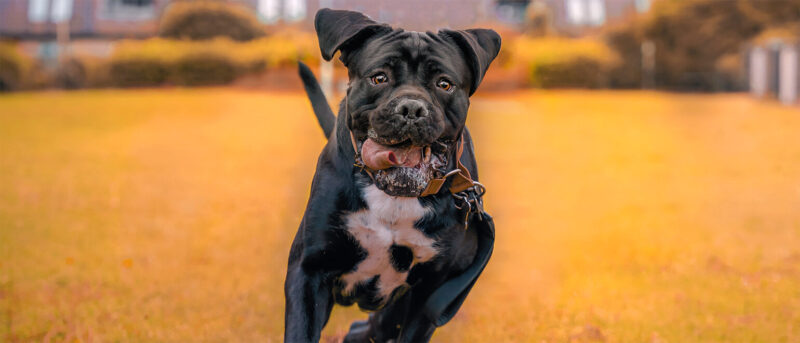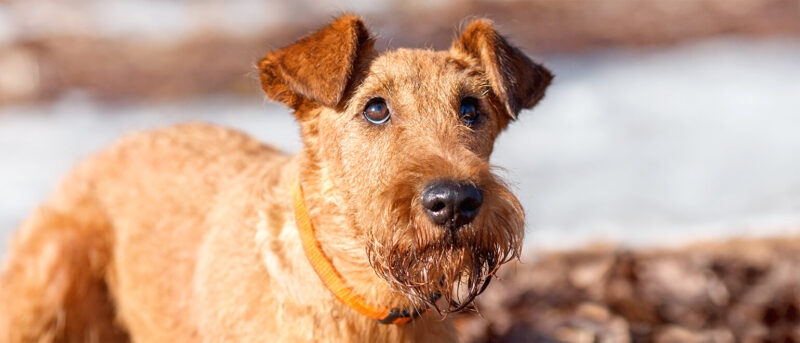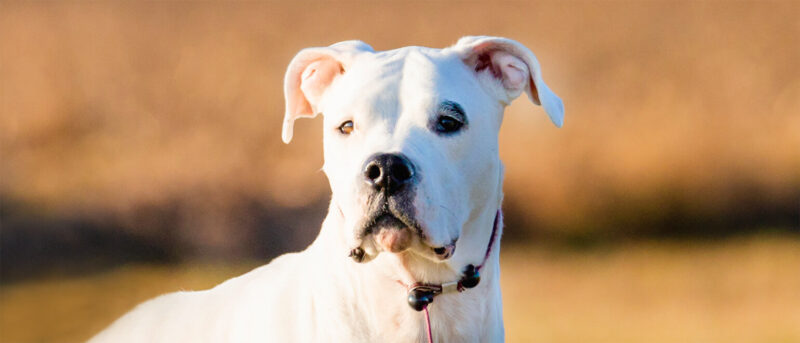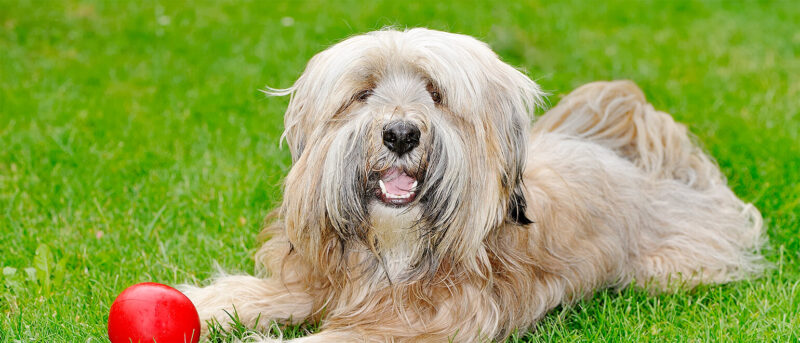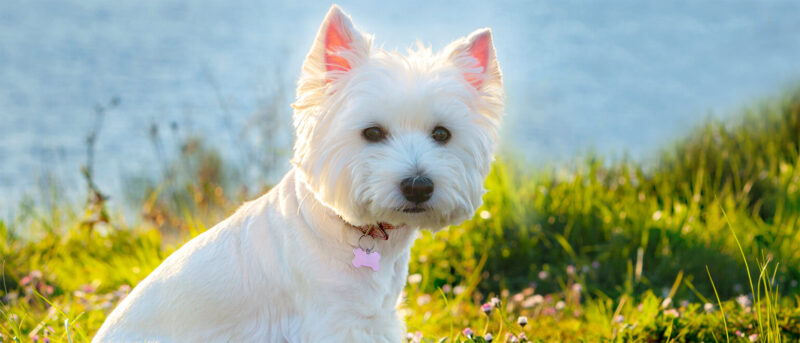Alaskan Husky Dog Breed Physicality & Personality [Full Guide]
The Alaskan Husky is a unique breed that makes an equally great sled dog and family pet. They’re full of energy, love to cuddle, and talkative (their howls are legendary). This canine breed is full of personality and undeniably charming. The Alaskan Husky is a perfect breed for those who like to stay physically active […]
The Alaskan Husky is a unique breed that makes an equally great sled dog and family pet. They’re full of energy, love to cuddle, and talkative (their howls are legendary). This canine breed is full of personality and undeniably charming.
The Alaskan Husky is a perfect breed for those who like to stay physically active and have constant company. If you love the idea of spending the day doing a rigorous hike and then snuggling up with your dog at night, the Alaskan Husky is for you!
Alaskan Husky Physical Characteristics
There are no official standards regulating the Alaskan Husky’s appearance as the American Kennel Club has not yet officially recognized this breed. The lack of breed standards has resulted in a lot of variety when it comes to this breed’s physical features, although there are some common traits shared among these dogs. Alaskan Huskies exhibit many traits similar to those of the Alaskan Malamute and Siberian Husky breeds.
Similar to Siberian Huskies, the Alaskan Husky has a bushy tail that curls over its back and pointed, triangular ears. The body of the Alaskan Husky differs greatly from the Siberian Husky. Alaskan Huskies are much leaner in build, with longer legs and a deep-set chest. Unlike their blue-eyed Siberian Husky cousins, the Alaskan Husky usually have brown eyes. However, heterochromia sometimes occurs in the breed.
Alaskan Husky Size
Typically, Alaskan Huskies grow to be 23 to 26 inches tall, however, due to the influence of multiple breeds in the line, there can be a large variance when it comes to height. Males generally weigh between 40 to 60 pounds and females weigh 35 to 48 pounds.
Alaskan Husky Personality
The Alaskan Husky is incredibly affectionate with a calm disposition. They love to find new cuddle buddies and will cozy up to children, adults, and even strangers. It’s been said that Alaskan Huskies crave physical affection as much as food!
The Alaskan Husky bonds strongly to its pack and rarely displays aggressive behavior. For their docile and social personality traits, these pups make ideal family pets. Their playful spirit and energetic ways continue far into adulthood, making them an entertaining member of the family.
Due to their strong pack mentality, Alaskan Huskies do not cope well with isolation. Leaving an Alaskan Husky alone, even for short periods of time can lead to undesirable bad behaviors such as chewing, howling, digging, scratching, or general restlessness.
Husky owners often learn this lesson the hard way when they come home to a torn-up couch, scratched window, and noise complaints from the neighbor. While not every Alaskan Husky will act out this way, it’s worth considering if your lifestyle and work will keep you away from your dog for long periods.
Alaskan Husky Exercise
The Alaskan Husky was specifically bred to pull sleds through the snow-covered wilderness daily. Their past as a hardworking dog has given them a need for copious amounts of exercise. It’s recommended that you walk an Alaskan Husky for at least an hour each day, with longer walks being ideal. These dogs thrive in spacious environments that allow for ample running room and are not suited for living in homes without a yard.
When an Alaskan Husky’s exercise needs are not met, they can become bored and irritable and be prone to destroying your property. Additionally, a lack of exercise will make them a very unhappy dog.
Alaskan Husky Training
Since Alaskan Huskies are so full of energy, these active dogs can have trouble sitting still in a classroom. Staying focused doesn’t come naturally to these pups so you must tailor your training session to their needs to help them succeed.
It is recommended that you keep training sessions short to keep your Husky from getting bored or distracted. Focusing on teaching your Husky just one command can improve their concentration by preventing them from dividing their attention between multiple tasks.
As with all dogs, consistency is key when it comes to the words you choose for commands. Using different words for the same command can confuse your Husky and make the training process more difficult. Training is most effective when only one person does it. Having only one person do the training helps to add consistency to the learning process. You can involve other members of your household once the dog has a firm grip on basic commands.
Training Builds The Relationship
Crate training Alaskan Huskies when they are puppies is a great idea as they are so prone to separation anxiety. Crate training can help your dog feel more relaxed when they are alone by gradually leaving them alone for longer and longer periods. You can start crate training them by placing a comfortable crate for your dog in a quiet area of the home where they feel safe. Whenever your dog is in a calm and relaxed mood, you can bring them to their crate and leave them alone.
Start with short crate periods of about 10 minutes initially, gradually increasing the duration over time. The goal is to build a positive association between your dog and the crate. They should view it always as a comfortable space, not a place for punishment. Incorporating the crate into playtime can further strengthen the positive bond between you and your dog.
Alaskan Husky History
The Alaskan Husky originated in Alaska as a hardworking sled dog. Mushers in Alaska and Canada need an athletic breed with the stamina to safely transport people and supplies through the region’s brutal terrain. Breeders then started to develop the ultimate working dog by selecting other high-performing breeds, resulting in the Alaska Husky.
The Alaskan Husky is a blend of several breeds including German Shepherd, Border Collie, Inuit Husky, Greyhound, and Siberian Husky. While other breeds may have contributed to the Alaskan Husky, their exact pedigrees remain unconfirmed. Originally bred for practical transportation purposes, Alaskan Huskies have gained popularity as exceptionally fast sled racing dogs. Today, they continue to be utilized for sled activities in the Northwest and are also cherished as exciting family companions.
Alaskan Husky Health Problems
Like many medium to large breeds, the Alaskan Husky can be susceptible to certain health issues. Before adopting from a breeder, it’s recommended that you inquire about any specific conditions that may run in the Husky’s direct family line. Providing regular veterinary care throughout their life is essential in preventing and managing these conditions. Routine vet check-ups are also crucial for early detection and treatment of any health issues that may affect your Alaskan Husky.
Hypothyroidism
Hypothyroidism is a common issue affecting Alaskan Huskies. This condition occurs when the thyroid gland, which regulates metabolism and growth, does not produce enough thyroid hormone. Symptoms include lethargy, weight gain, and hair loss due to a slowed metabolism. Hypothyroidism can be managed with medication and lifestyle changes. Regular veterinary care is essential for monitoring and treating this condition effectively in Alaskan Huskies.
Elbow and Hip Dysplasia
Hip and elbow dysplasia are unfortunately common issues in large dog breeds, including Alaskan Huskies. These conditions occur when abnormalities in connective structures, such as the hip socket or elbow cartilage, disrupt normal joint function as the dog matures. Symptoms include lameness and arthritis, significantly affecting the dog’s quality of life and mobility. Lifestyle adjustments such as weight management and controlled exercise can reduce joint strain, while joint health chews may provide some relief. Effective pain management is essential for treating and managing these conditions in Alaskan Huskies.
Progressive Retinal Atrophy
PRA or Progressive retinal atrophy is a genetic condition that affects a husky’s retina. This condition causes the photoreceptor cells in the retina to gradually deteriorate, leading to blindness in dogs. This deterioration typically affects night vision first before progressing to daytime vision. Unfortunately, there is currently no treatment available for retinal atrophy in dogs.
Cataracts
Cataracts are protein build-ups that form in the eye, obstructing the lens and impairing vision in Huskies. Contrary to common belief, both blue-eyed and brown-eyed Huskies have an equal risk of developing this condition. Cataracts are primarily genetic, but puppies under a year old and dogs with elevated blood sugar levels (such as diabetic dogs) are more susceptible to this eye condition. Surgical replacement of the affected lens is the most effective treatment for cataracts in dogs.
Congenital Laryngeal Paralysis
This condition affects the larynx and shuts off access to the windpipe when your husky eats or drinks. As a result of this health condition, your Husky will experience difficulty breathing and swallowing. Symptoms of this serious condition include coughing after exercise, noisy breathing, and a change in the sound of your Husky’s bark.
How to Care for an Alaskan Husky
When placed in the right care and environment, Alaskan Huskies will thrive! Once you get into the swing of their extensive exercise routine, taking care of your pup is easy. When shedding season comes around, grooming will start to provide a challenge for dog owners. With enough perseverance and elbow grease, you will be able to manage their thick undercoat effectively.
As the Alaskan Husky was originally bred to be a sled dog in snowy conditions, they require a cool environment. During hot summer months, provide shade, ample water, and access to air conditioning. They do not do well in regions where temperatures exceed 80°F (26°C). Additionally, refrain from exercising your Husky in weather above 70°F (20°C) to prevent dangerous overheating.
Nutrition and Feeding for an Alaskan Husky
Given their origins as sled dogs, the Alaskan Husky requires a lot of food. On average, adults require a minimum of 1100 calories daily, with more active dogs needing closer to 1600 calories. The best way to maintain their lean, muscular build is diets high in protein and low in fat. Perhaps due to their history in the Northwest where they once mushed, this breed is particularly fond of fish.
You can plan on feeding your husky 3-4 cups of dry, high-quality dog food split into two meals daily. Ensure that your dog’s kibble includes healthy plant proteins such as lentils or peas. A balanced diet for your Husky should include a mix of fruits, vegetables, and meat, making kibble with both plant-based and meat ingredients highly beneficial. If your Husky primarily consumes dry food, it’s important to provide ample water to offset the lower moisture content in kibble and keep them hydrated.
Coat Color And Grooming
Alaskan Huskies are equipped with two fluffy coats to help them withstand frigid temperatures: a dense undercoat and a short to medium-length outer coat. The undercoat sheds seasonally, while the outer coat maintains a more consistent length throughout the year. Alaskan Huskies can display a variety of colors including grey, black, white, brown, cream, and red. Their coats may be solid or multi-colored, adding to their distinctive appearance.
Caring for Alaskan Huskies is a pretty straightforward task. When they’re not in the process of their seasonal shedding, these dogs are pretty good at keeping themselves groomed and won’t require much from you to maintain their coats. Alaskan Huskies instinctively spend their downtime grooming themselves and other furry pack members. It is recommended that you brush their coats two or three times a week to help remove trapped hairs.
Shedding
Alaskan Huskies experience two major shedding periods a year. Make sure to have your lint roller and vacuum ready because things can get pretty hairy for owners. Your Husky’s undercoat will fall out in large mothball-sized clumps and it will cover your clothes, furniture, and whatever your Husky brushes against.
These messy shedding periods have the potential to last up to six weeks. During shedding season, brush your Husky once or twice daily using a metal brush designed to remove the undercoat. Collect the shed hair in a trash bag and consider hiring help if it becomes too overwhelming.
Although grooming their thick coat can be overwhelming at times, it’s important not to shave your husky. Removing a Husky’s fur will impair their ability to regulate their temperature and make them vulnerable to sunburns. In addition to grooming their fur, it’s important to brush your Husky’s teeth daily and trim their nails once a month. Regularly check their ears for wax buildup and signs of irritation.
Children And Other Pets
The Alaskan Husky’s naturally calm and loving personality makes them excellent with children. When they get excited, they can jump on people which may accidentally knock over a small child. This jumping behavior is never out of aggression but training your Husky not to jump and explaining the behavior to your child will help both parties avoid injury.
It’s important to keep in mind that Huskies may try to chase or hunt other small pets. If you or someone in your home keeps pet rodents, you must keep them in an enclosure far away from your Husky.
Rescue Groups
There are many compassionate rescue groups worldwide who are dedicated to saving the Alaskan Husky and their cousins the Siberian Husky and Alaskan Malamute.
Founded in 2009, Forever Husky is a nonprofit rescue that seeks to alleviate the overflow of Huskies in shelters in Illinois and the surrounding area. This organization rescues Huskies from shelters and finds them loving, forever homes.
For our SoCal readers, make sure to check out Husky Haven of LA, Inc. This group rescued their first dog, Liberty Bell, in 1982. This adorable lived to be 20 years old and is a testament to the great work this rescue does. Husky Have is dedicated to rescuing and rehoming Huskies in Southern California.
Breed Organizations
The national governing body of sleddog sports in the USA is the United States Federation of Sleddog Sports (USFSS). This group works to encourage and preserve the sport of sled racing. This organization provides training and resources for all sled dogs and mushers. You can also find the USFSS sponsoring qualified sled team competitions throughout the United States.
More About This Dog Breed
Alaskan Huskies are very communicative! This breed is known to express themselves with moans or howls at the slightest provocations. You can easily find cute videos of owners having full-on conversations with their Husky on social media.
If you’re ready for the responsibility that comes with raising an Alaskan Husky, you can expect to enjoy 12 to 15 years of loving companionship from them. This breed is full of personality, snuggly, intelligent, and highly energetic. If you’re ready for a dog that loves to snuggle as much as it loves to explore the outdoors, this Husky is for you!







